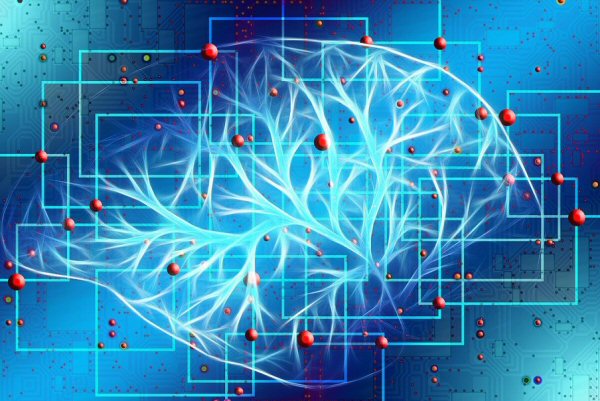Developing Materials for Energy Efficient Neuromorphic Computing
Neuromorphic computing offers a potentially disruptive technological capability to process complex inputs and produce elegantly simple, useful outputs, in an inherently energy-efficient way. The breakaway from the conventional Turing-von Neumann paradigm requires the development of new types of biollogically-inspired (“neuromorphic”) devices with functionalities similar to that of the brain. Thus, artificial synapses, neurons, axons, and dendrites can be fabricated and utilized to construct machines with artificial intelligence capabilities.

These types of components will be realized in simple transition metal oxides or complex strongly correlated oxides, which exhibit metal-insulator transitions (MIT). In this fashion, we will aim to emulate typical neuronal activities, such as leaky-integrate-fire behavior, symmetric and asymmetric synaptic plasticity, and self-sustained oscillations. Eventually, several of these will be incorporated into complex circuits and architecture. Research includes identifying material platforms that can be controlled by non-thermal means such as electric fields, currents, strain, and light, developing an understanding of ionic transport under highly non-equilibrium conditions, and determining the ultimate limitations of MIT in these materials platforms.Furthermore, various other quantum-materials-based-phenomena can be utilized for implementing such architectures, including Spin-Orbit Scattering. Neurons can be emulated with magnetic oscillators, and the coupling between these oscillators mimics synapses. To learn more, please visit the Quantum Materials for Energy Efficient Neuromorphic Computing (Q-MEEN-C) DOE Energy Frontiers Research Center’s Official Website.
